Financial Analysis of Optus: Performance, Trends, and Recommendations
VerifiedAdded on 2023/06/08
|12
|632
|468
Report
AI Summary
This report presents a financial analysis of Optus, a major telecommunications company in Australia. It begins with a company background, highlighting its services and market position. The analysis then delves into trend analysis of the income statement and balance sheet, observing decreasing operating revenue and margins, rising finance costs, and changes in assets and liabilities. Key observations include increasing receivables, inventory, and borrowings. The report interprets these trends, noting the decline in operational revenue and the rise in finance costs. Recommendations include focusing on increasing operational revenues, reducing receivables, lowering finance costs, and controlling borrowings. Furthermore, the report conducts a ratio analysis, examining liquidity, efficiency, profitability, and capital structure ratios, revealing deteriorating trends across all categories. The analysis highlights potential short-term cash crunch, inefficiency in asset usage, adverse impacts on company valuation due to falling profitability, and leveraging of the balance sheet with higher financial risk. The overall conclusion emphasizes the need for Optus to improve its financial position by deleveraging its balance sheet and enhancing efficiency and profitability. The analysis uses trend analysis and ratio analysis to provide a critical assessment of Optus's financial statements.
1 out of 12
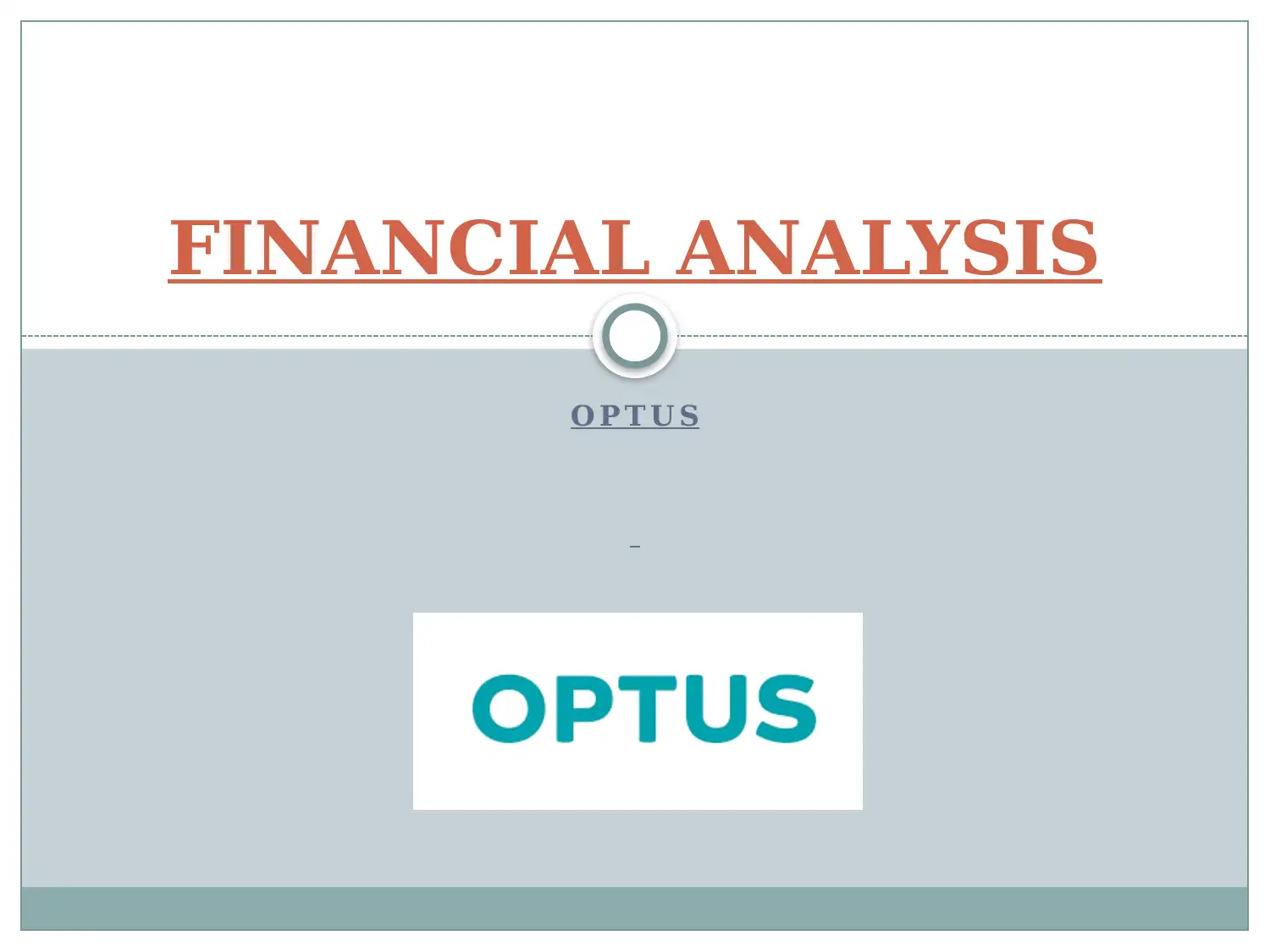
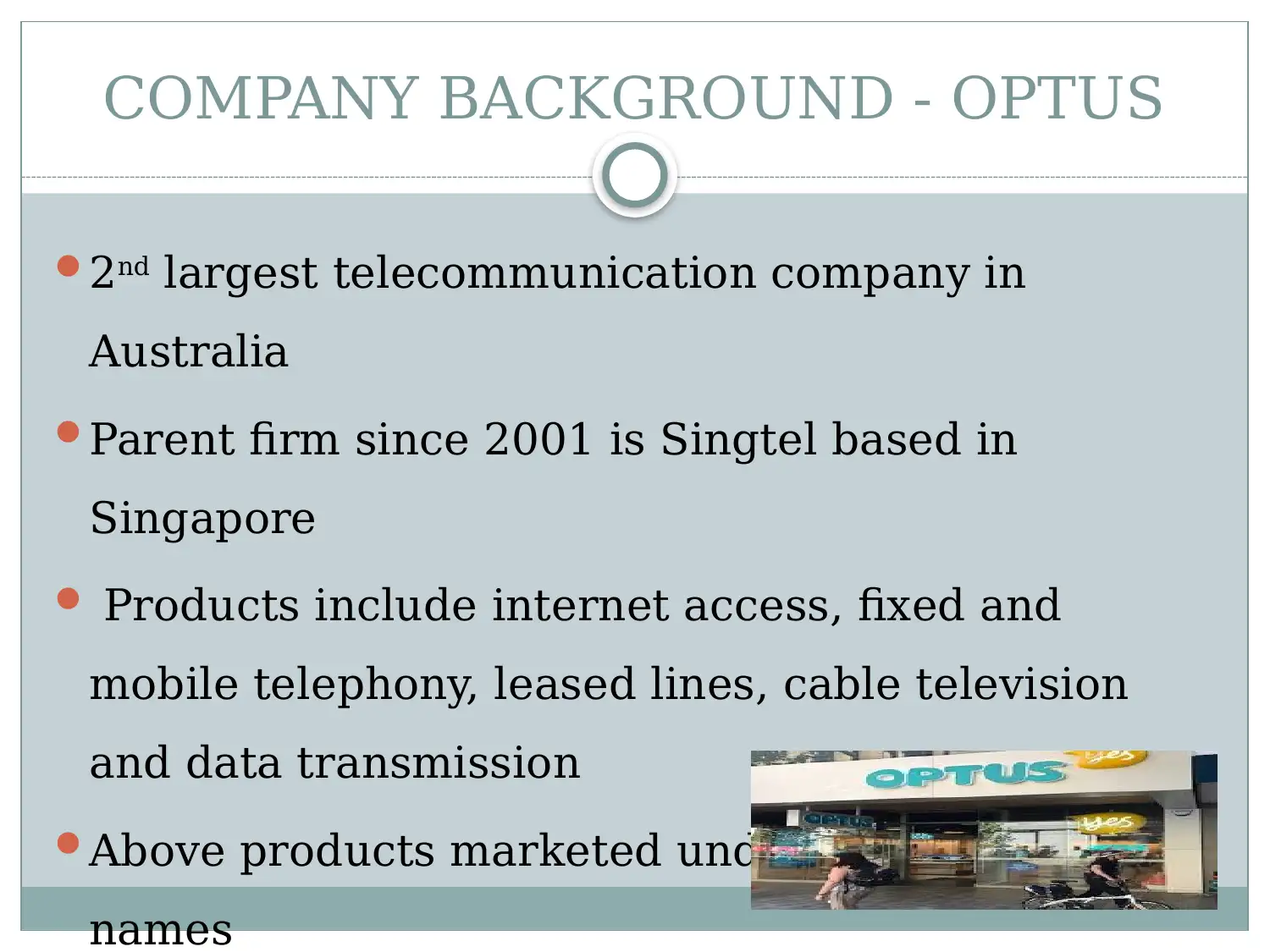
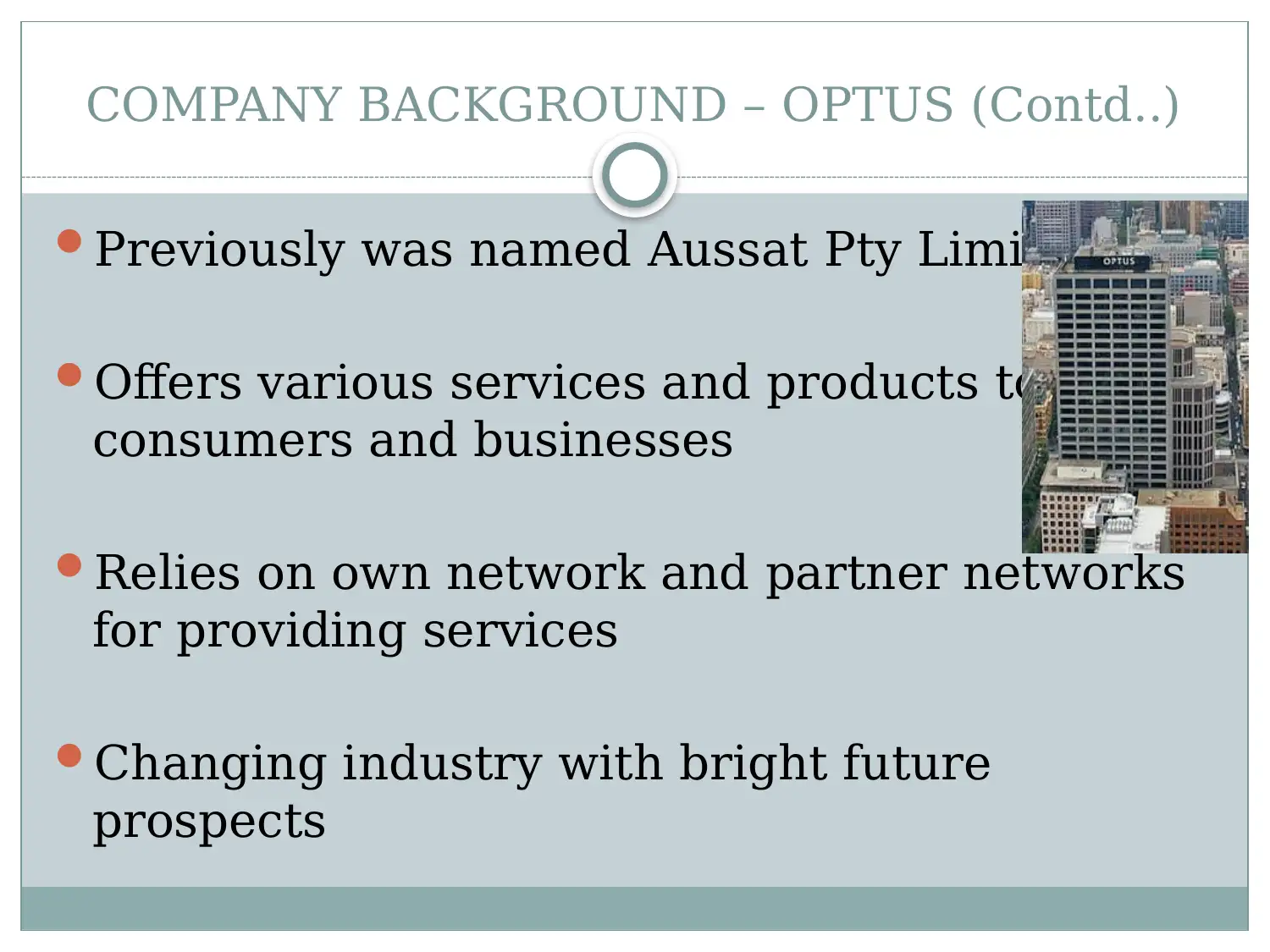

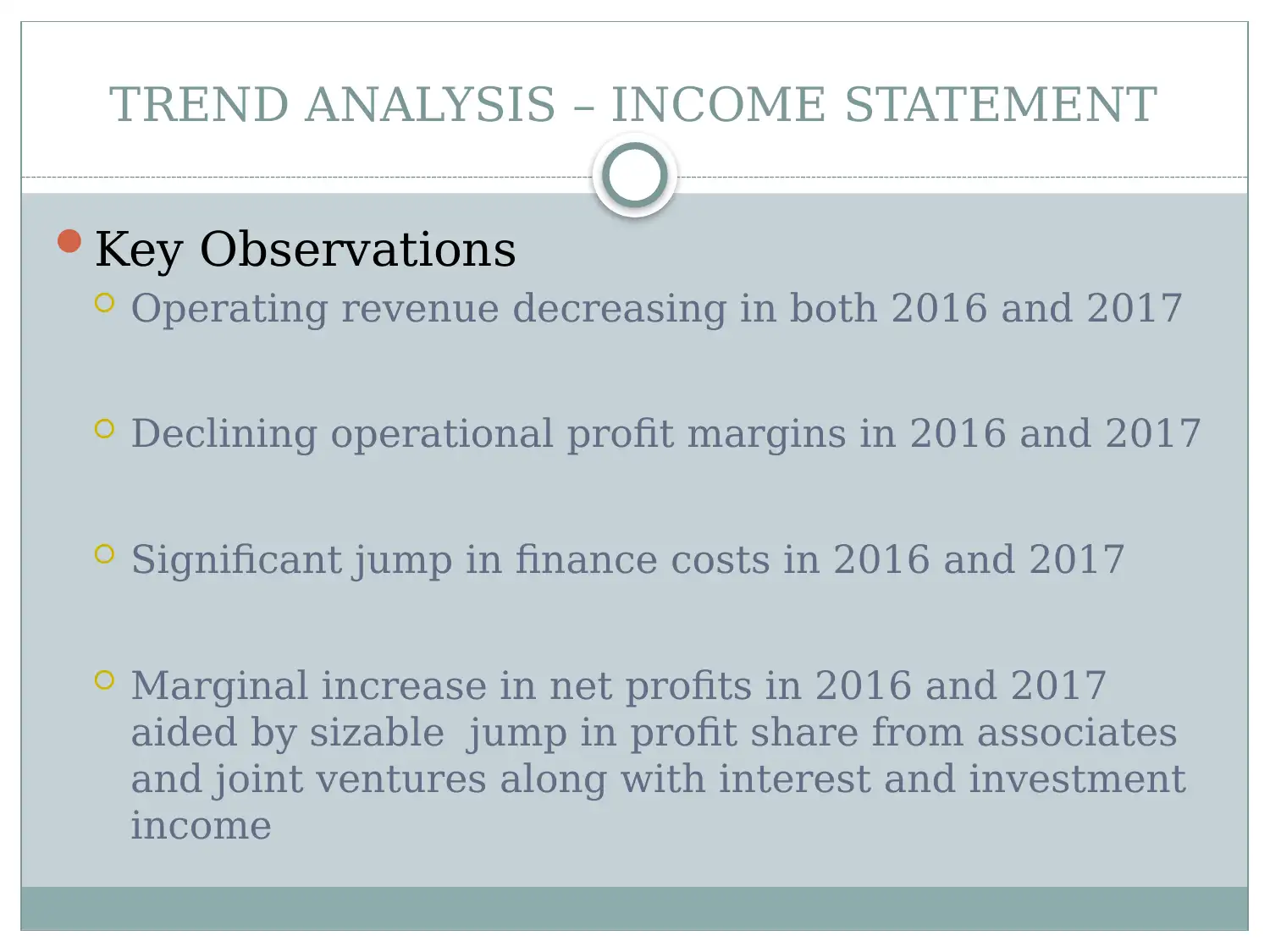

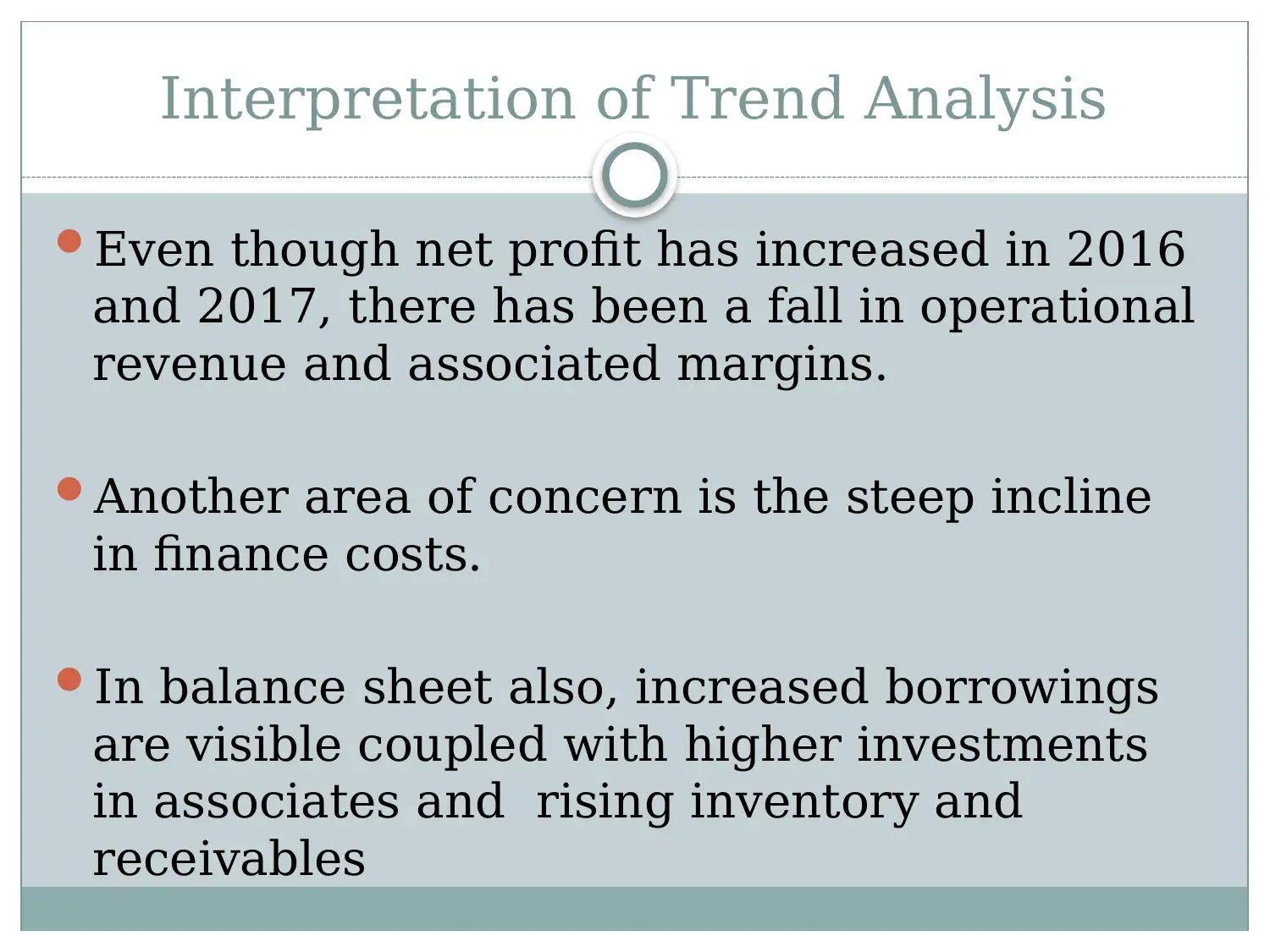
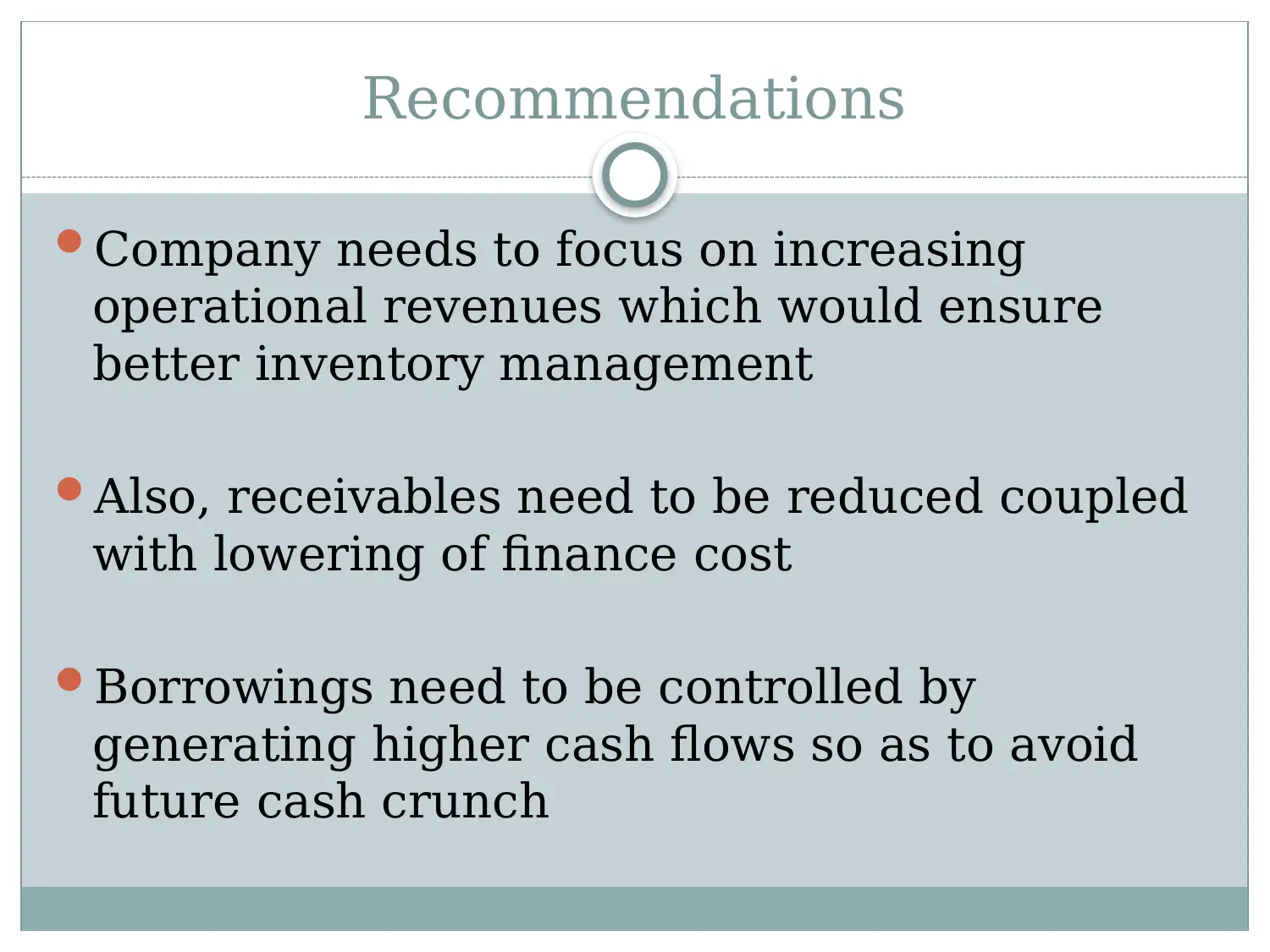
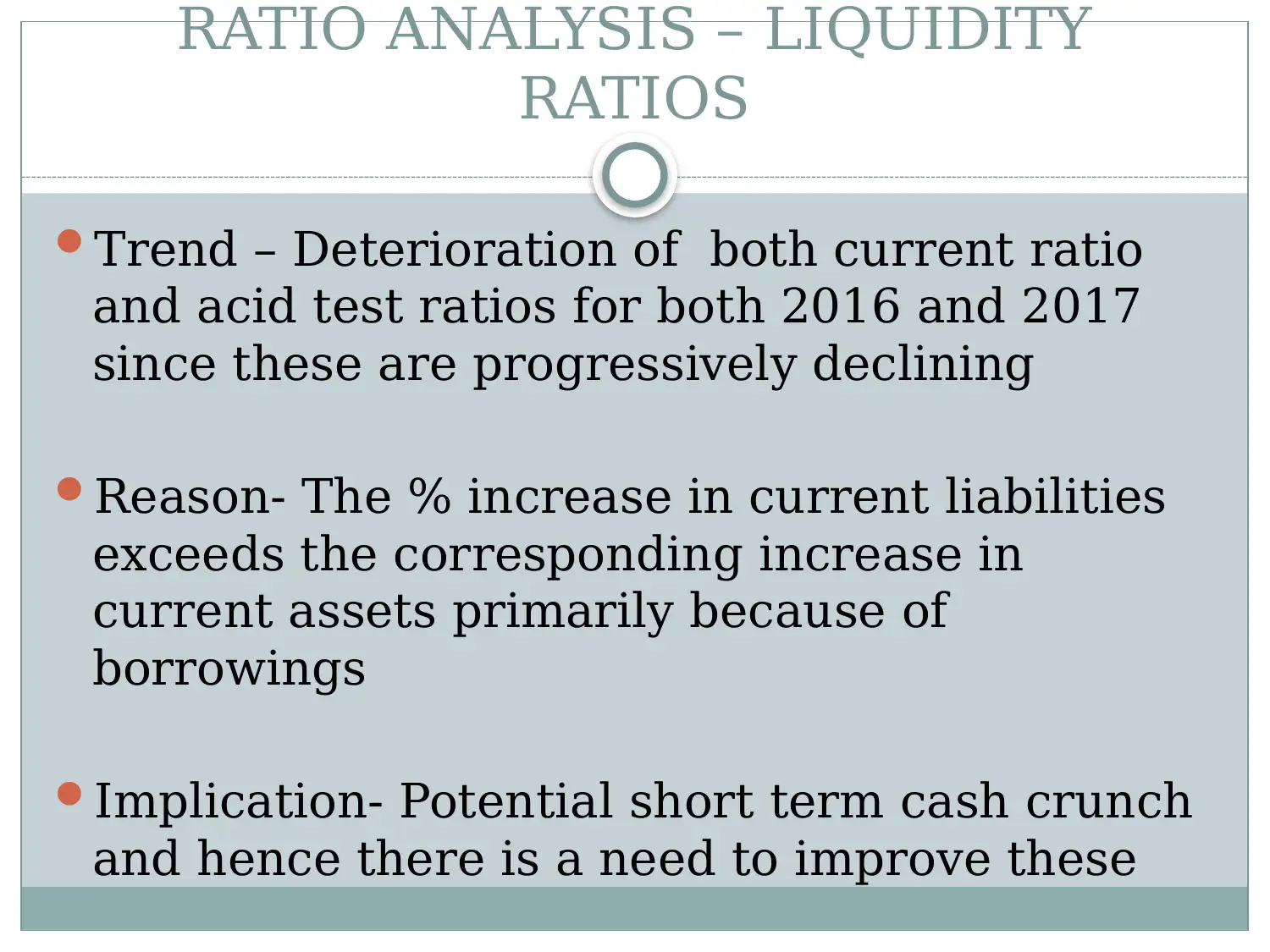
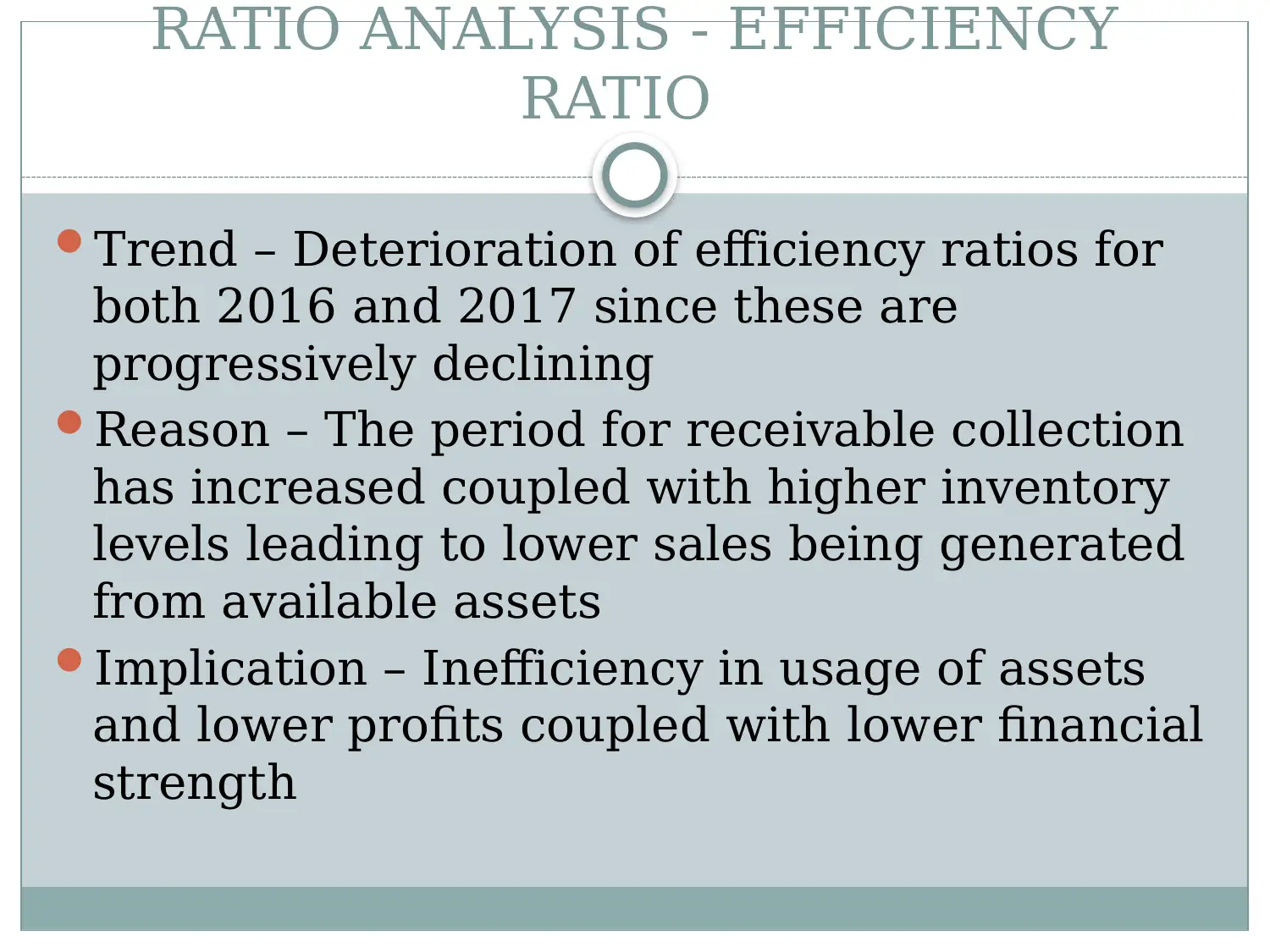
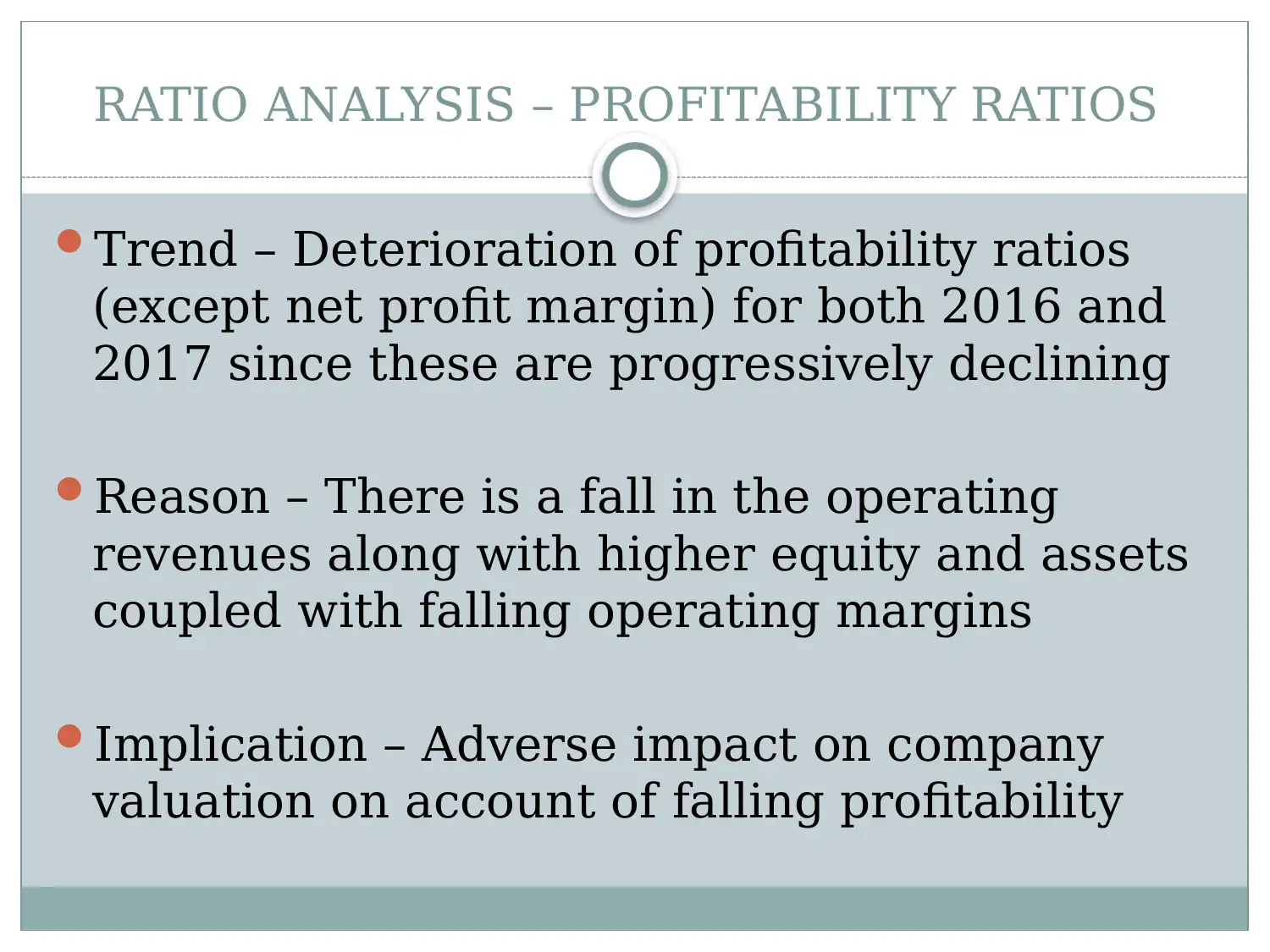
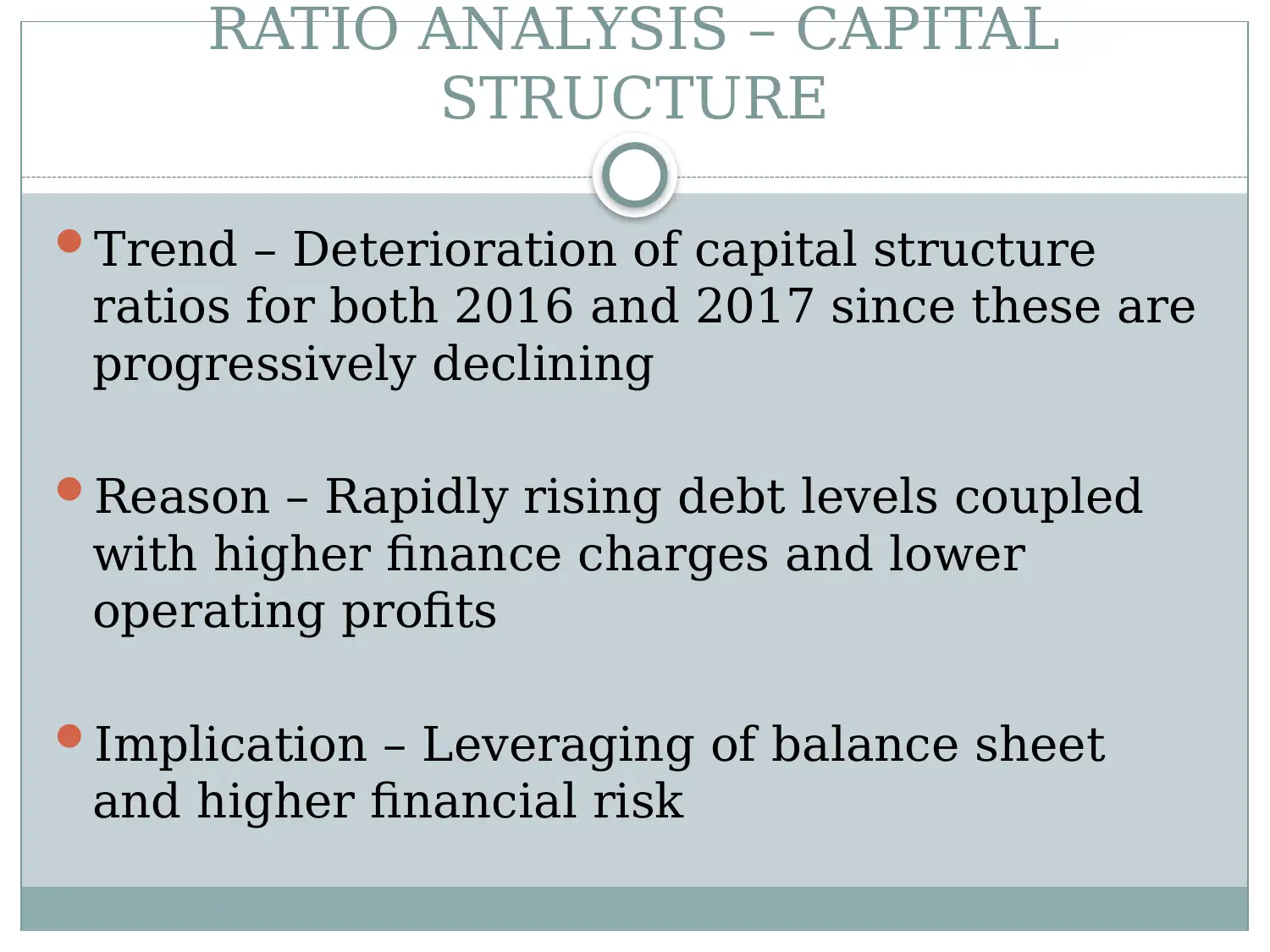
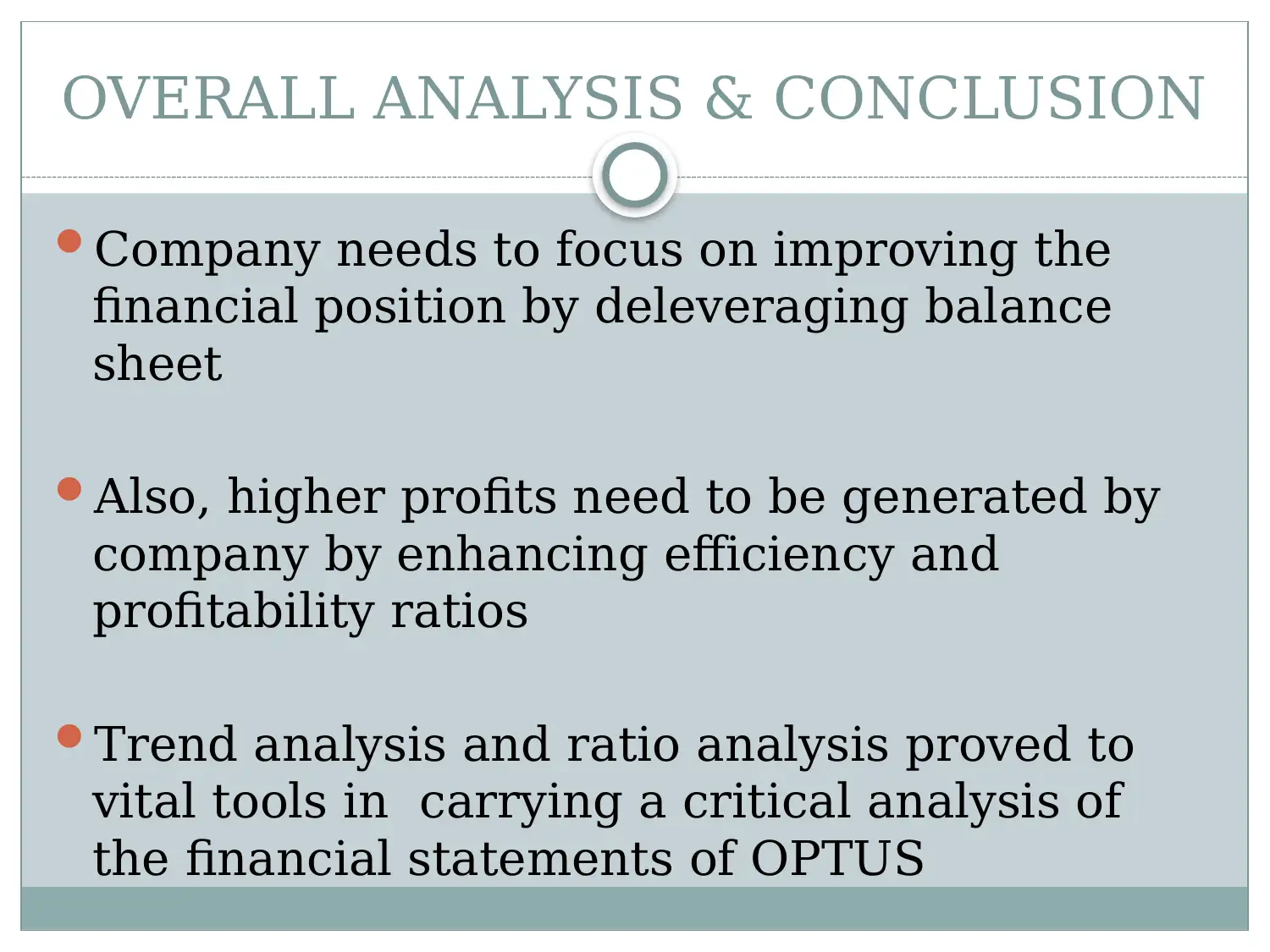





![[object Object]](/_next/static/media/star-bottom.7253800d.svg)